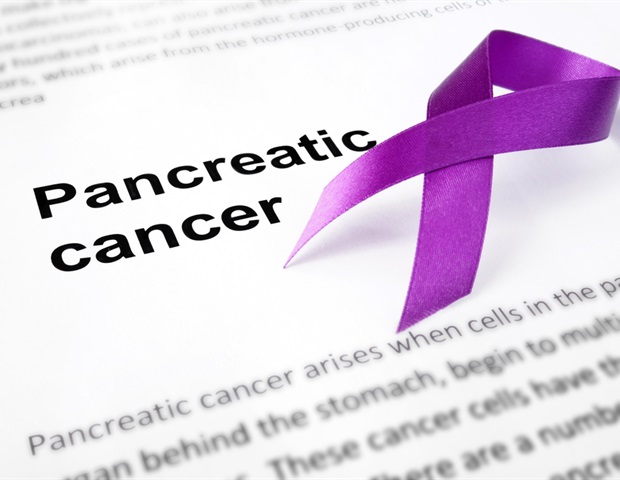
A new paper in Biology Methods & Protocols, published by Oxford University Press, investigates risk factors and protections against contracting COVID-19, and also for suffering from severe COVID. Researchers identified several characteristics – including male sex, lower age, blood group B, and larger household size – that increased the risk of infection and many other characteristics – including mask-wearing and using vitamin D – that decreased it. They also identified the things that increased or decreased the risk of a severe course of COVID-19. Some of these findings are unexpected.
SARS-CoV-2 has infected more than 600 million people worldwide, resulting in 6.57 million confirmed deaths. But information about factors affecting the probability of infection or suffering from a severe course of the disease remains insufficient and often speculative. Preregistered longitudinal studies about the risk factors of infection are surprisingly rare. Many factors such as contact with animals have been suggested only on a theoretical basis or discussed in non-scientific sources.
Researchers here ran a study on 30 thousand internet users, recruiting participants using sites like Facebook and Twitter, in the Czech Republic who shared information about their exposure to 105 risk factors for COVID-19. Study participants indicated which potential risks and protective factors applied to them. These included health and demographic characteristics as well as information about behaviors, including keeping animals, taking vitamins and supplements, being actively engaged in sports, cold water swimming, frequent singing, marijuana use, tobacco smoking, living alone, walking in nature, and volunteering.
The study found that, expectedly, some sociodemographic factors had a moderate effect on the risks of COVID-19. People who live in larger cities and people with higher levels of education, especially women, had a lower risk of infection. Larger household sizes and the number of children under 20 years of age (in men), were associated with a higher risk of infection. People living on their own had a much lower risk of infection than those who share the household with someone else. Singles also reported a less severe course of COVID-19. Education level and (in women) also household size had the strongest protective effects against a severe or long course of COVID-19.
Many predictable behaviors appeared to protect people against the infection, while three factors, namely being actively involved in sports, frequent singing, and cold-water swimming, increased the risk of infection. The most substantial protective factor against COVID-19 infection was strict adherence to mask-wearing. The second most substantial protective factor was the consumption of vitamins and supplements. This study found in particular that taking vitamin D provided significant protection against acquiring COVID-19.
Adherence to social distancing and frequent handwashing had only a weak protective effect. This study also indicated that having type B blood increased the risk for COVID-19 infection. Having cats or dogs as pets did not affect the risk of infection and had a mostly insignificant positive effect on the risk of someone experiencing a severe course of the disease.
The study here found that tobacco smoking and also marijuana use (in women) have a relatively strong protective effect against infection. The researchers found that marijuana use and tobacco smoking could also have some protective effects against a severe course of COVID-19. The protective effects of tobacco smoking against infection have been reported in previous studies. However, most studies show adverse effects of smoking on the risk of a severe course of COVID-19.
The most unexpected result of the study was a positive correlation between higher severity of the course of COVID-19 and adherence to wearing masks and respirators and, to a lesser extent, keeping social distance. The investigators speculate this is because people predisposed to a severe course of COVID-19 (those who are overweight, suffer from chronic obstructive pulmonary disease, or have diabetes) tried hard to avoid infection and more strictly adhered to public health recommendations about masks and social distancing. But when they did become infected, they often had a more severe course of the disease due to their underlying health problems.
Source:
Oxford University Press USA
Journal reference:
Flegr, J., et al. (2022) The effects of 105 biological, socioeconomic, behavioral, and environmental factors on the risk of SARS-CoV-2 infection and a severe course of COVID-19: A prospective, explorative cohort study. Biology Methods and Protocols. doi.org/10.1093/biomethods/bpac030.



_6e98296023b34dfabc133638c1ef5d32-620x480.jpg)





